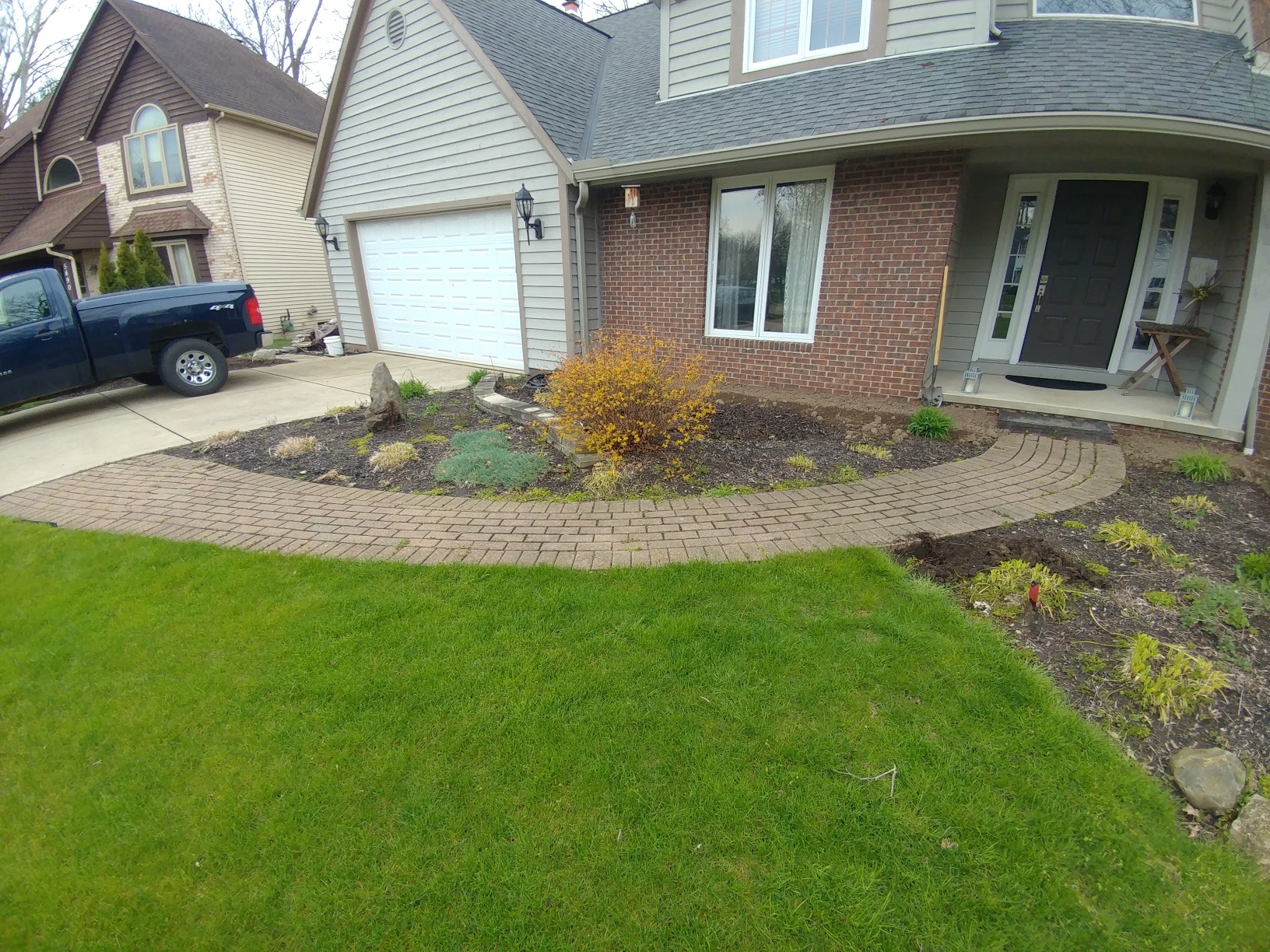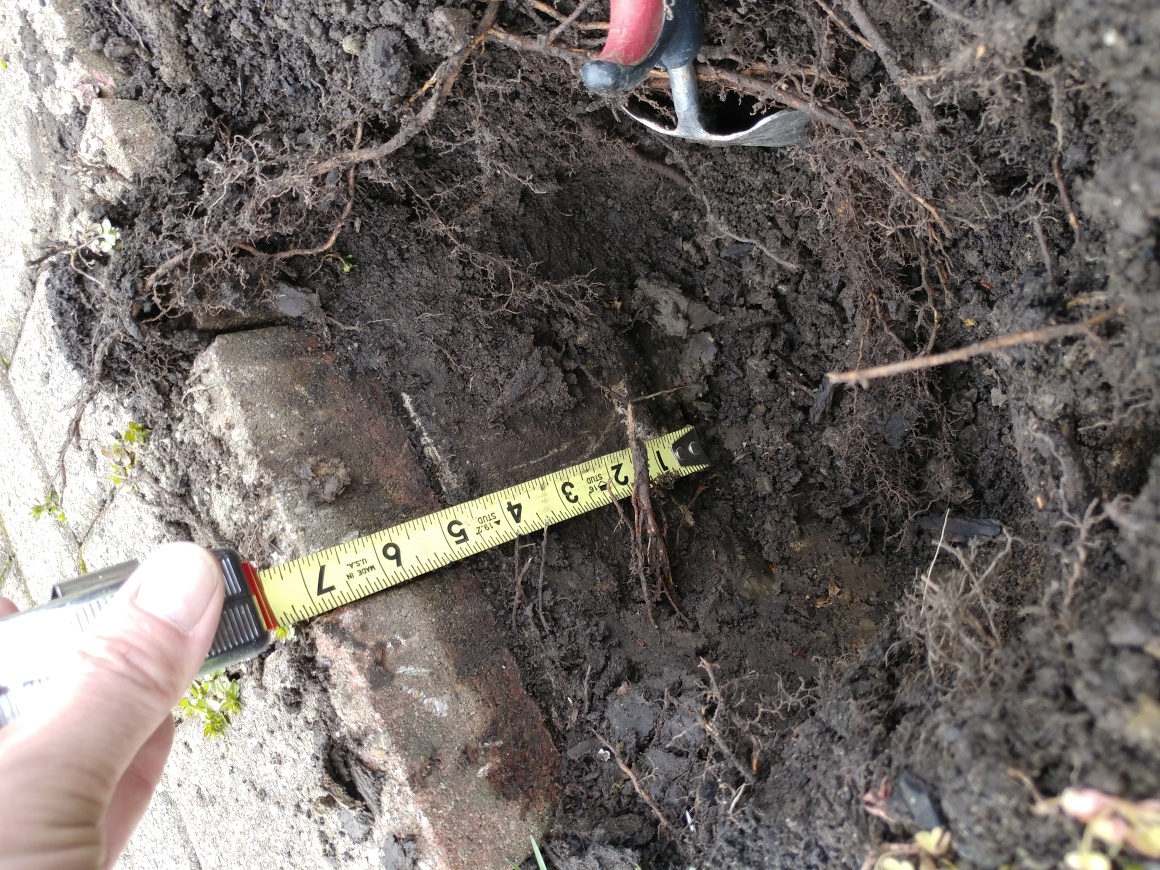04-23-2020, 10:28 AM
Hey gang. I have a sagging front walk issue and looking for some opinions. This was a project that we were going to completely rip out and replace with the fantastic help of 2Beast's crew with the design, however that money was moved into replacing a larger patio on the back of the house. So now I'm back to trying to fix this. Here's an overview of the whole thing:


The driveway side has settled about 1/4 to 1/2 of an inch. The middle section is fairly good. The side by the front porch is the problem. I built a simple step out of a 2x4 and some plywood, but you can see it needs to come up the full 2 inches over on that side:


It looks like these pavers have been set onto a 4" concrete pad. I have only dug in one space....but I would think it's natural to assume it's 4" all around:


I had a concrete leveling company out the other day, and he was a touch worried about trying to raise the pad. But mentioned that if I verified it was 4" think, it should be ok. Looking around 500 bucks for them to do that.
Any other ideas? The pavers are old and showing their age, but still serviceable, so I really don't want to rip them out and start anew. Is pumping the pad up the best way? Or, is pulling the pavers, cleaning the pad, and then putting down crushed lime or some other aggregate, and set the pavers back down a way to go?
Only downside I can think to the aggregate idea is the walkway was originally being held in by plastic and rebar. That has shifted and many of the joints have opened up. Since there is concrete, I was going to use adhesive and glue down the solider course and let the middle float. If I level with aggregate I'd obviously have to move back to an outside/external anchor of some sorts.
Thanks for any input!

The driveway side has settled about 1/4 to 1/2 of an inch. The middle section is fairly good. The side by the front porch is the problem. I built a simple step out of a 2x4 and some plywood, but you can see it needs to come up the full 2 inches over on that side:

It looks like these pavers have been set onto a 4" concrete pad. I have only dug in one space....but I would think it's natural to assume it's 4" all around:

I had a concrete leveling company out the other day, and he was a touch worried about trying to raise the pad. But mentioned that if I verified it was 4" think, it should be ok. Looking around 500 bucks for them to do that.
Any other ideas? The pavers are old and showing their age, but still serviceable, so I really don't want to rip them out and start anew. Is pumping the pad up the best way? Or, is pulling the pavers, cleaning the pad, and then putting down crushed lime or some other aggregate, and set the pavers back down a way to go?
Only downside I can think to the aggregate idea is the walkway was originally being held in by plastic and rebar. That has shifted and many of the joints have opened up. Since there is concrete, I was going to use adhesive and glue down the solider course and let the middle float. If I level with aggregate I'd obviously have to move back to an outside/external anchor of some sorts.
Thanks for any input!





![[Image: brick002.jpg]](https://i166.photobucket.com/albums/u111/Bobluciano/brick002.jpg)
![[Image: bricks003.jpg]](https://i166.photobucket.com/albums/u111/Bobluciano/bricks003.jpg)